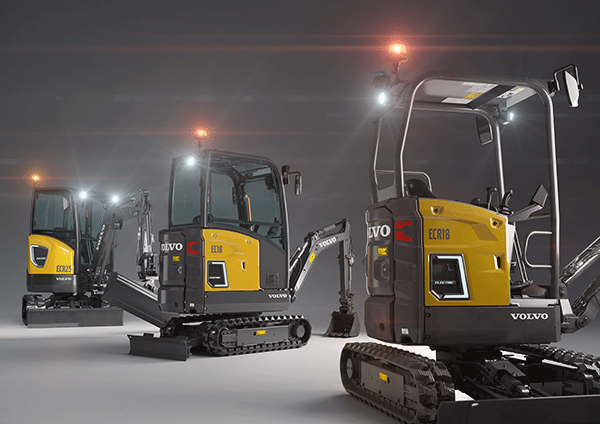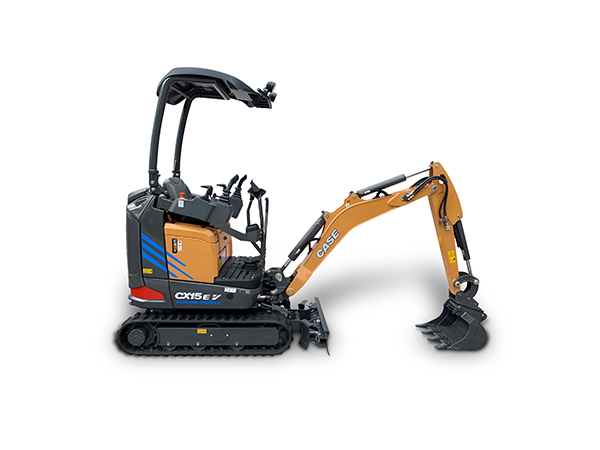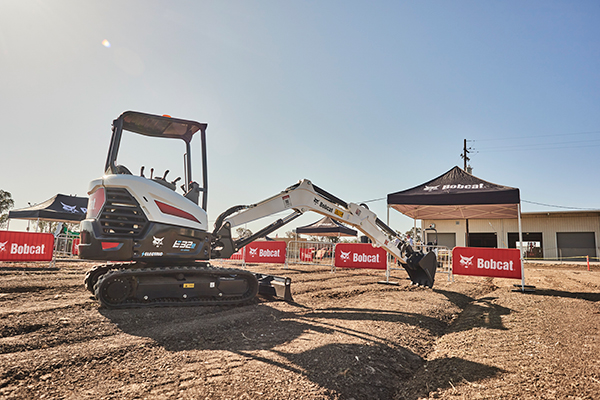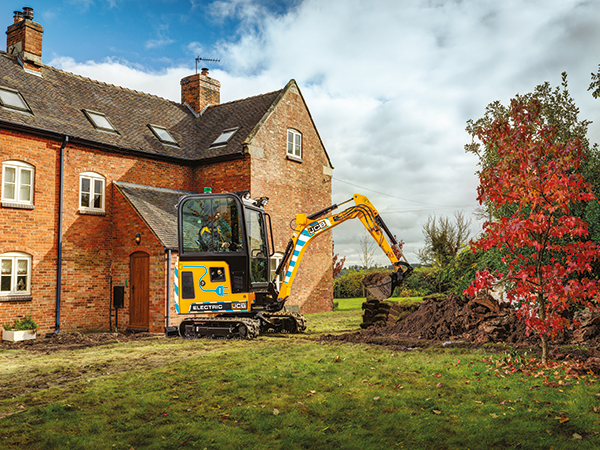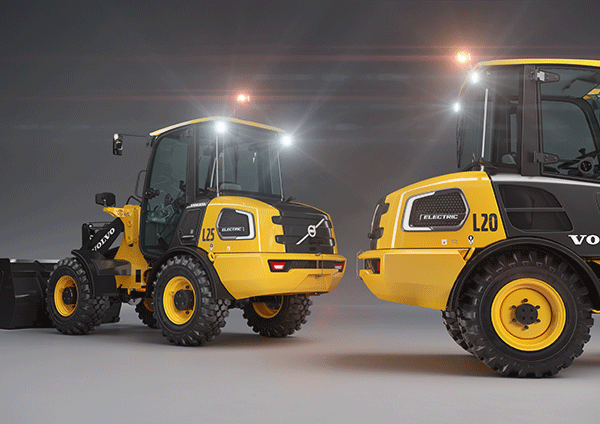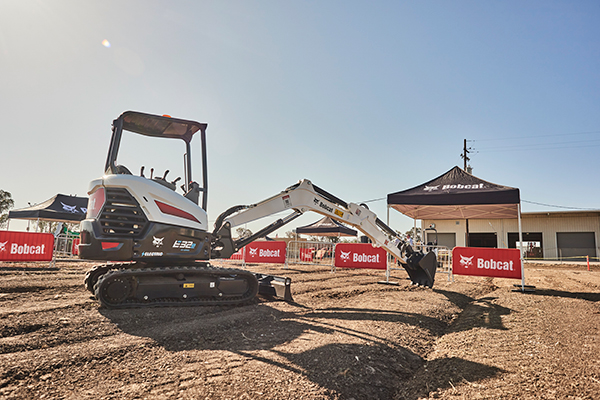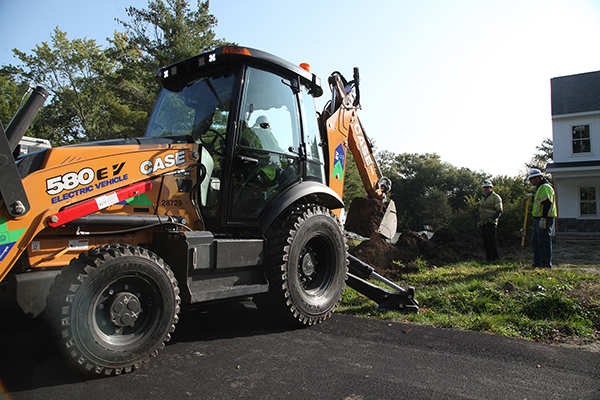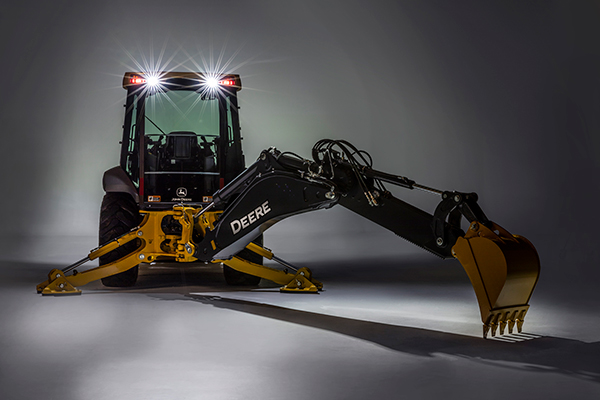Women in Utility Fleet: Julie Gomez
In the past, a passion for cars and mechanical expertise marked the starting point for a career in fleet management. Today, there are many roads to fleet success.
Take Julie Gomez as an example. Her journey began in 2003 with a customer service role at Tucson Electric Power (TEP). Within a year, she transitioned to office support in the fleet department, steadily ascending the ranks over 12 years before taking charge of TEP’s fleet in 2015.
Now, as the T&D Supervisor II of Fleet Services, Gomez oversees TEP’s extensive fleet operations, including about 1,000 assets, 24 employees and one garage. She also serves on the Electric Utility Fleet Managers Conference board of directors.
What sparked Gomez’s interest in fleet management? What valuable insights has she gained throughout her career? And what guidance does she offer to women contemplating a career in fleet management?
I recently sat down with Gomez to delve deeper into her inspiring journey. Here is an edited version of our conversation.
UFP: Many fleet professionals didn’t initially envision this career but became captivated once they entered it. Did you always dream of working in the fleet industry, or did it find you?
Julie Gomez: Fleet found me. My career path started when I got a job at Tucson Electric, working in customer service. While I appreciated the opportunity, I knew customer service wasn’t my end goal. So, about a year later, I thought I’d try my hand at a different role, not realizing I’d land in the fleet department.
Then things progressed quickly. I went from being the newest employee in fleet services to becoming the senior office support person within just three years. I felt like I was constantly drinking from a fire hose because I had to learn tons of fleet information just to do my part in keeping the fleet rolling.
What skills did you learn during that year in customer service that continue to serve you well in your current role?
I learned a lot about the company. The customer service department teaches you everything about the company because you never know what the customer will ask. Gaining knowledge about the company’s operations – from understanding how to read a meter to recognizing the responsibilities of various roles – has definitely benefited me.
What was the most significant adjustment you faced when transitioning from a fleet support supervisor to overseeing the entire fleet as a T&D supervisor?
Before the promotion, the shop supervisor and I were peer supervisors. Now, I was his boss. That took some adjusting.
What made the transition easier for us is that we had established a great relationship during the years we worked together. So, when I became the primary supervisor, it took some getting used to at first. But there was no conflict.
We both understood our strengths. We both understood our roles and that we were a team. I knew I could not do my job well without him, his expertise and what he did every day. And he leaned on me to take care of things that I was good at, like the budget, so he could focus on the shop and the mechanics.
What actions did you take to foster a smooth transition and cultivate that strong relationship with the shop supervisor?
One thing I didn’t do was assume I knew his job. I didn’t act as if I had as much technical knowledge as he did. He knew I wouldn’t try to speak to and explain things I didn’t know about. And he knew I wasn’t trying to prove to anyone that I ran it all alone. We were a team.
Having spent 12 years in fleet services administrative support, what was the most significant learning curve you faced when becoming the supervisor of the entire department?
It was learning about shop operations and culture.
I had never worked in a mechanic’s shop. And it’s very different from working in an office. I needed to become familiar with the processes – like how the mechanics are assigned work, where they work on the vehicles and how they communicate.
I understood the roles of my office employees, but I needed to learn how the shop employees worked together as a team.
During my first days on the job, I thought, “OK, who does what? Why does he do that? Where is he going to work? Why does he have to work outside?”
It was all new to me.
Despite not initially dreaming of a career in fleet management, you’ve spent 20 years in the industry. What aspects of fleet have inspired you to continue in this field?
I like how fleet affects the entire company doing business. For our crews to build, maintain and repair infrastructure – or even to visit customers – they need to drive something.
And we have the privilege of interacting with representatives, managers, supervisors and other employees across all departments. Our responsibility is to support them. And we take that very seriously.
We’re not stuck in our little silo, even if we’re on a different part of the property. We impact the entire company, where our role is critical for ensuring customers consistently get excellent service.
If you could give advice to your younger self from 20 years ago, or to women today considering a career in fleet, what would you tell them?
My advice is to understand that you have the strengths necessary to succeed in fleet. I wasn’t a mechanic. I barely knew how to check my tire pressure.
But [a lack of technical expertise] should not deter someone from being interested in a profession that focuses on vehicles. There’s this whole world related to fleet. Whether you’re good at analyzing information, providing customer service or leading people, all those skills are necessary for fleet.
Sure, technical skills are important. But if that’s not your background or skill set, look beyond that. There are tons of opportunities to impact a fleet department with the skills you have.




































